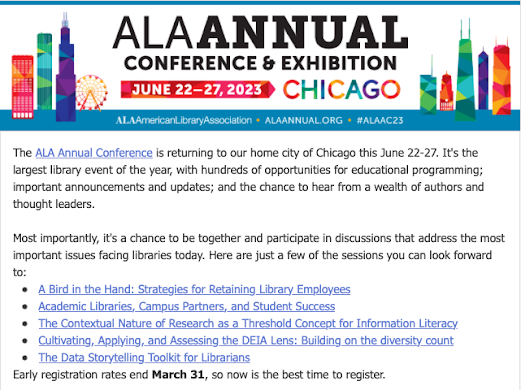Food in Children's Science Trade Books
Previously, I mentioned that there were some problems even with well-reviewed books for children on food. Here are some examples....
Apples and How They Grow by Laura Driscoll, illus. Tammy Smith
(All Aboard Science Reader, Level 1) [BCCB-Ad, 2003]
On p. 31, the apple is picked as if in an orchard, and eaten by the person who picks it. Lacking is any mention of typical food transport.
The Pumpkin Patch by Elizabeth King
[BCCB-R, 1990]
This also lacks transport information, but reasonably so; the book is the story of visiting a pumpkin patch in the fall. Mechanized farming is clearly in evidence in the early pages of the book, which is a major plus.
Pumpkins by Ken Robbins
[BCCB-R, 2006]
Aesthetically, Robbins' books are very sleek and pleasing. Informationally, they make all the standard omissions. No pesticides, migrant workers, or transport are shown in the making of these pumpkins.
Apples by Ken Robbins
[BCCB-R, 2002]
Again gorgeous pictures, some of which borrow the white background style of DK Inc. (which are in turn reminiscent of Apple commercials, the computer company not the fruit). However, p. 22 shows the only machinery, and that's a 100-year-old apple press. There's a glimpse of the bucket that telephone repair people stand in on the page on pruning, p. 9, which suggests there must be a truck beneath.
Wheat: The Golden Harvest by Dorothy Hinshaw Patent
[BCCB-R, 1987]
Does show pictures of mechanized farming, a combine, a grain elevator, and grain silos backlit by a sunset. Mentions transport in the text, but focuses on the loaves of home baked bread in the end. Needless to say, most wheat ends its trip in a factory setting and is make into food products there.
Corn Belt Harvest by Raymond Bial
[BCCB-Ad, 1991]
Describes and shows images of corn transport via train. Bial also ends the corn production with a livestock scene rather than a less typical corn-on-the-cob scene. I appreciate his acknowledgment that most corn in the U.S. does go to feed livestock.
Apples and How They Grow by Laura Driscoll, illus. Tammy Smith
(All Aboard Science Reader, Level 1) [BCCB-Ad, 2003]
On p. 31, the apple is picked as if in an orchard, and eaten by the person who picks it. Lacking is any mention of typical food transport.
The Pumpkin Patch by Elizabeth King
[BCCB-R, 1990]
This also lacks transport information, but reasonably so; the book is the story of visiting a pumpkin patch in the fall. Mechanized farming is clearly in evidence in the early pages of the book, which is a major plus.
Pumpkins by Ken Robbins
[BCCB-R, 2006]
Aesthetically, Robbins' books are very sleek and pleasing. Informationally, they make all the standard omissions. No pesticides, migrant workers, or transport are shown in the making of these pumpkins.
Apples by Ken Robbins
[BCCB-R, 2002]
Again gorgeous pictures, some of which borrow the white background style of DK Inc. (which are in turn reminiscent of Apple commercials, the computer company not the fruit). However, p. 22 shows the only machinery, and that's a 100-year-old apple press. There's a glimpse of the bucket that telephone repair people stand in on the page on pruning, p. 9, which suggests there must be a truck beneath.
Wheat: The Golden Harvest by Dorothy Hinshaw Patent
[BCCB-R, 1987]
Does show pictures of mechanized farming, a combine, a grain elevator, and grain silos backlit by a sunset. Mentions transport in the text, but focuses on the loaves of home baked bread in the end. Needless to say, most wheat ends its trip in a factory setting and is make into food products there.
Corn Belt Harvest by Raymond Bial
[BCCB-Ad, 1991]
Describes and shows images of corn transport via train. Bial also ends the corn production with a livestock scene rather than a less typical corn-on-the-cob scene. I appreciate his acknowledgment that most corn in the U.S. does go to feed livestock.
